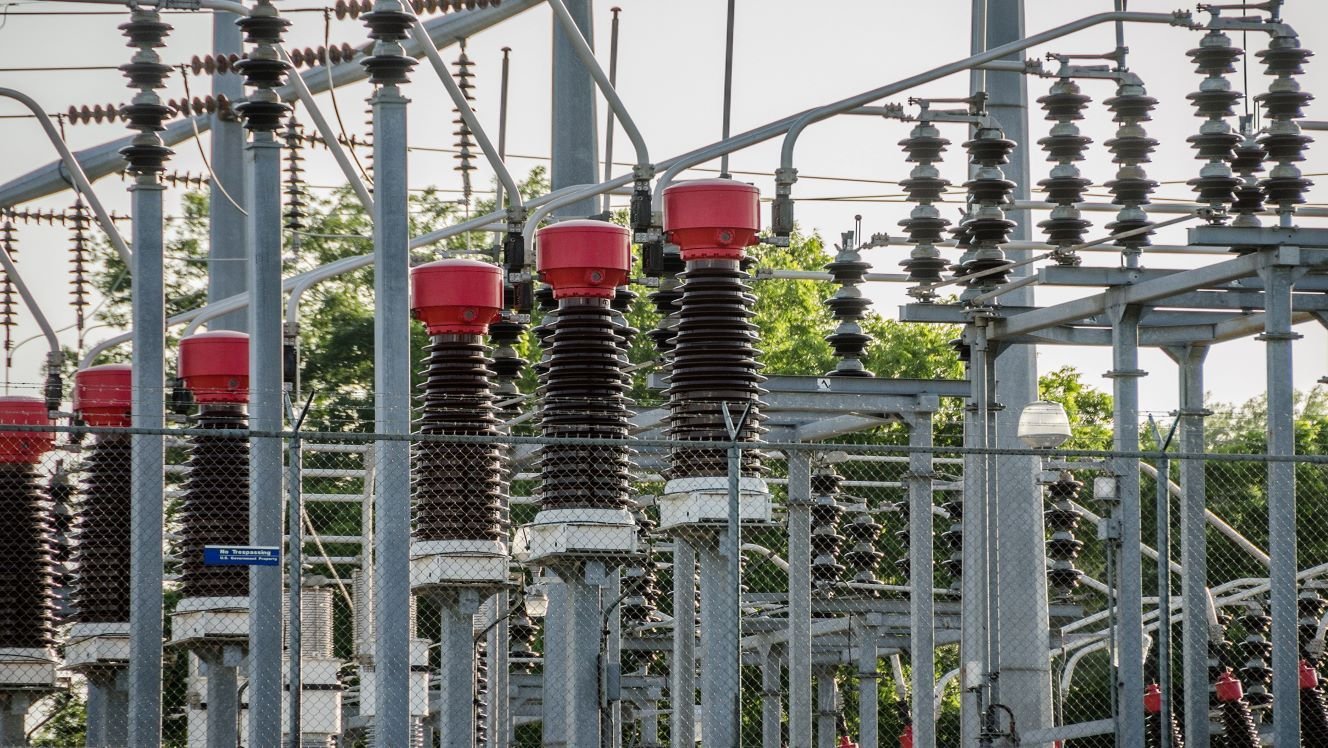To unlock the energy transition, see electricity as a wave, not a commodity
First published on Tellimer 4 September 2021
Electricity is the foundation of the new energy system, where value comes from stability contribution, not electrons
This understanding of electricity enables both governments and markets to appropriately prioritise transition choices
Countries and markets that lead this reconceptualisation will reap the benefits of cheap, clean and stable electricity
This is the third in a series of reports on understanding the energy transition. Previous reports have looked at the roles of oil and hydrogen. This one looks at the role of the electricity grid and why our conception of value in the electricity system is holding back the energy transition.
Two important events in the battle against climate change and the energy transition happened in August. First, the Intergovernmental Panel on Climate Change released its sixth assessment report, offering additional certainty about the speed and severity of climate change and, in turn, the need to accelerate the energy transition. Second, Alphabet’s X announced that it is starting a new “moon shot” to develop technology to better understand the electricity grid. Alphabet is making the right decision – as I’ve written before, fixing the electricity grid is the core challenge of the energy transition, and new technologies, like hydrogen, will complement electrification. I’m heartened that X is devoting attention to this problem; however, solving the electrification challenge not only requires technology and data, it also requires shifting our understanding of what constitutes value in the electricity system and how to measure and reward it.
The energy system is still dominated by people, like me, who come from an oil and gas background and are obsessed with the balance of supply and demand. We see the energy transition coming, with massive increases in electricity demand from electric vehicles and the electrification of heating, and we pile into renewable generation projects to ensure that the supply of clean electricity meets this future demand. In the electricity system, however, signal stability is what matters, and the availability of sufficient supply is only one, and by no means the most important, driver of signal stability. As such, we need to move from seeing the value of electricity as lying in generation to seeing it instead as lying in signal stability. Only once this conceptual shift happens will governments and markets be able to appropriately and efficiently allocate energy-transition investments.
Electrification is creating big problems for the electricity system
Electrification is creating serious problems for the grid that I’ve discussed before. Historically, demand was very stable, and the inertia of spinning mass in large thermal power stations that were inductively coupled to the grid created and stabilised the grid’s alternative current (AC) waveform. Imagine turning a skipping rope where an adult holds one end, and a child holds the other. Even if the child messes about and doesn’t spin the rope steadily the adult’s greater strength and consistency enable the rope to turn well, while the instability in the child’s turning isn’t dramatic enough to prevent the rope from spinning. The adult is providing inertial stability in the same way a spinning mass of a large thermal generator does.
Not only is renewable generation itself intermittent, requiring countries to maintain substantial – and often dirty and expensive – excess generation capacity, but demand is also becoming more volatile, with rooftop solar installations and electric cars. This makes it more difficult to match demand and supply in real time, which in turn determines system frequency. Unlike thermal generators, which are inductively coupled to the grid and thereby provide inertia to the AC waveform, renewable generators are nearly all direct current (DC) devices that rely on an inverter to create a simulacrum of the AC wave and inject it into the grid. They are not inductively coupled to the grid, and they do not provide inertia. As the share of renewables rises, the inertia in the system falls, making it hard to maintain a stable frequency and AC waveform.
The skipping rope now has big problems: The strong, stable adult of thermal generation has been replaced by another child – variable renewable generation – which both spins with less force and occasionally stops spinning entirely. Meanwhile, the original child, unpredictable demand, has started to mess about with the rope more unpredictably and more strongly, as electric cars plug and unplug and prosumer solar generation switches on and off.
Figure 1: The net balance of the electricity system now varies tremendously across a typical day
Solving these problems requires fundamentally reframing our understanding of value in the energy system
After spending more than two years thinking about the problem of the electricity grid, the necessary strategic reframing finally clicked for me a few weeks ago. The energy system is largely being guided by people, like me, who come from an oil and gas background. We’re used to thinking about molecules and about creating value in terms of the number of molecules produced. That framework led us to overemphasise H2 in the noughties, and it’s also led us to misunderstand electricity by focusing on how to produce enough electrons. Going back to the skipping analogy, producing electrons is just moving the rope in any fashion, which both the adult and the child are doing, but to get the rope to spin stably, we have to move it in the right way, which only the adult is doing.
The problem with electricity is that it no longer has a single price. It’s more valuable when renewables aren’t available, while in some markets its value becomes negative when renewables are at full capacity. It’s more valuable depending on how it’s produced. A thermal generator and a solar plant may produce the same amount of electromotive force (ie moving the rope in any fashion), but the solar plant has to pay grid penalties because it isn’t inductively coupled to the grid, so some of that electromotive force is adding noise to the AC waveform (ie messing about with the rope). Only the thermal generator is turning the metaphorical rope in the right way. Indeed, if we were to look at the AC waveform in the grid itself, the electromotive force that contributes to the primary signal has positive value, whereas that which contributes to noise has negative value. Rather than thinking about electricity as a commodity with a highly volatile price, we should think about contributing to maintaining a stable AC waveform as the core value. Producing that core value, in turn, requires doing different things with electricity at different times and in different circumstances. This in turn leads to high volatility in the value of electricity because the value of electricity is a second-order function of the value of contributing to system signal stability.
Figure 2: Variation in the net electricity balance drives huge intraday price volatility
But what about supply and demand? If the primary value is the stability of the signal, then how do we make sure that supply and demand balance? Isn’t that the whole point of a market? Yes, but the balance of supply and demand drives the frequency of the signal, which must be maintained in a band of plus or minus one percent, so is already baked into signal stability. When there is insufficient supply, frequency falls, destabilising the system. When there is excess supply, frequency rises, destabilising the system. By focusing on signal stability, including frequency, we can equivalently value all of the actions that balance supply and demand. This includes both bringing on additional supply, whether from storage or generators, and demand response (eg turning down the air conditioning in a shopping mall) when the wind doesn’t blow and the sun doesn’t shine. It also includes bringing on additional loads when there is excess supply, including battery storage, hydrogen electrolysis or demand response (eg turning up the freezers in a supermarket). All of these actions contribute to the supply-demand balance, and all of them deserve to be valued as part of maintaining signal quality and therefore system stability. Regulation and market structure will need to adapt for this to happen.



